The New Taipei City (新北市) Government has decided to save the late Canadian missionary George Leslie Mackay from drowning.
A bronze statue of Mackay on one knee, praying, on Tamsui District’s (淡水) Golden Shore between the Tamsui MRT station and the ferry pier, has often been underwater during the June to September typhoon season since it was installed in 2007.
The statue’s plight has made it an unusual tourist hotspot and also a subject of ridicule, prompting calls for the city government to seek a solution.
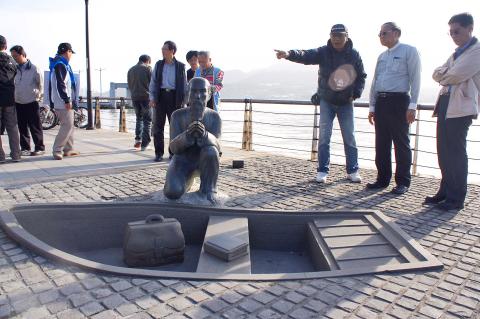
Photo: Lai Hsiao-tung, Taipei Times
The city agreed on Monday to increase the height of the 1m-tall sculpture’s pedestal to keep it above the waves.
Mackay, a physician, arrived in present-day Tamsui in 1872, and lived in Taiwan until he died from throat cancer in 1901, by which time his reputation for selfless dedication to Taiwan was well-established.
He offered free medical treatment — eventually with the assistance of five other foreign physicians based in Tamsui — as part of his missionary work. He founded the first Western medical center in northern Taiwan in 1880, the Mackay Hospital.
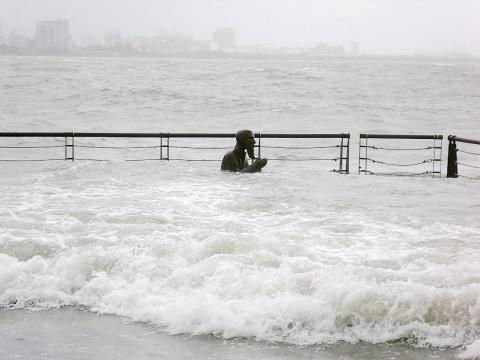
Photo: Lai Hsiao-tung, Taipei Times
The hospital was relocated to Taipei in 1911 and renamed the Mackay Memorial Hospital.
The Canadian also established churches and schools, including the first school for girls in Taiwan, the Tamsui Girls’ School.
Tamsui District Administrator Tsai Ye-wei (蔡葉偉) said the sculpture was erected on the spot where Mackay first landed in Tamsui as part of the first stage of the Danshui Art Gallery, a public area designed as a display and exchange platform for artists.
“Since the installation, the Tamsui River inundates the floodplains at both ends of the walkway during high tides and then gradually swallows the statue, creating a negative impression on the public,” he said.
Danshui Presbyterian Church minister Tsai Wei-lun (蔡維倫) said he has been saddened to see the statue, which was erected to honor Mackay’s philanthropy and dedication to Taiwan, reduced to acting as a “water meter” by some reporters covering typhoon-related flooding and storms.
“Such behavior is completely disrespectful to Dr Mackay and also the churches and people [of Tamsui],” Tsai Wei-lun said.
The frequent flooding has also raised concerns that the Golden Shore, which was constructed on reclaimed land, could suffer from land subsidence or have its foundations hollowed out.
New Taipei City Government Secretary-General Chen Shen-hsien (陳伸賢) said the flooding near the sculpture has never caused damage to local residences or impeded the operations of stores.
“However, since the statue always becomes the center of media attention when a typhoon hits the nation — which could give the public the wrong impression that the city government is not doing enough to prevent flooding — we have instructed the Water Resources Bureau to increase the height of the statue’s pedestal by 60cm before the flood season begins in May,” Chen said.
Water Resources Bureau Secretary-General Yang Tsung-min said the flooding was most likely caused by tidal changes rather than by land subsidence.
The average tide range in the area is about 1.6m and can reach more than 2m during typhoons and spring tides, Yang said.
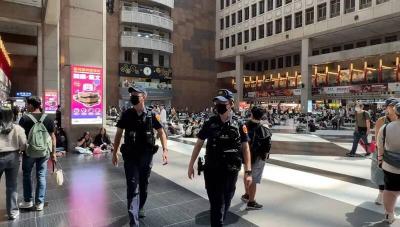
A drunk woman was sexually assaulted inside a crowded concourse of Taipei Railway Station on Thursday last week before a foreign tourist notified police, leading to calls for better education on bystander intervention and review of security infrastructure. The man, surnamed Chiu (邱), was taken into custody on charges of sexual assault, taking advantage of the woman’s condition and public indecency. Police discovered that Chiu was a fugitive with prior convictions for vehicle theft. He has been taken into custody and is to complete his unserved six-month sentence, police said. On Thursday last week, Chiu was seen wearing a white
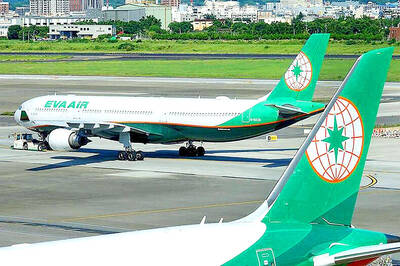
EVA Airways, one of the leading international carriers in Taiwan, yesterday said that it was investigating reports that a cabin crew manager had ignored the condition of a sick flight attendant, who died on Saturday. The airline made the statement in response to a post circulating on social media that said that the flight attendant on an outbound flight was feeling sick and notified the cabin crew manager. Although the flight attendant grew increasingly ill on the return flight, the manager did not contact Medlink — a system that connects the aircraft to doctors on the ground for treatment advice during medical
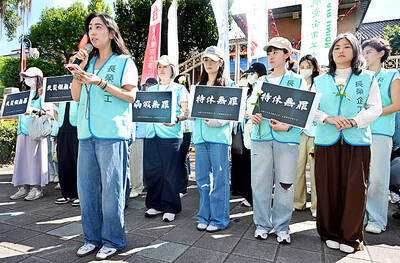
The Taoyuan Flight Attendants’ Union yesterday vowed to protest at the EVA Air Marathon on Sunday next week should EVA Airway Corp’s management continue to ignore the union’s petition to change rules on employees’ leave of absence system, after a flight attendant reportedly died after working on a long-haul flight while ill. The case has generated public discussion over whether taking personal or sick leave should affect a worker’s performance review. Several union members yesterday protested at the Legislative Yuan, holding white flowers and placards, while shouting: “Life is priceless; requesting leave is not a crime.” “The union is scheduled to meet with
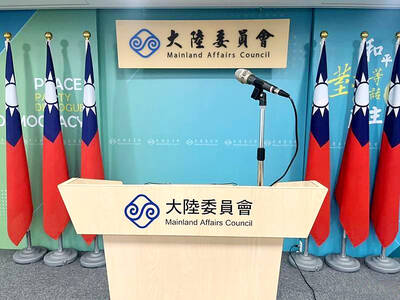
‘UNITED FRONT’ RHETORIC: China’s TAO also plans to hold weekly, instead of biweekly, news conferences because it wants to control the cross-strait discourse, an expert said China’s plan to expand its single-entry visa-on-arrival service to Taiwanese would be of limited interest to Taiwanese and is a feeble attempt by Chinese administrators to demonstrate that they are doing something, the Mainland Affairs Council said yesterday. China’s Taiwan Affairs Office (TAO) spokesman Chen Binhua (陳斌華) said the program aims to facilitate travel to China for Taiwanese compatriots, regardless of whether they are arriving via direct flights or are entering mainland China through Hong Kong, Macau or other countries, and they would be able to apply for a single-entry visa-on-arrival at all eligible entry points in China. The policy aims